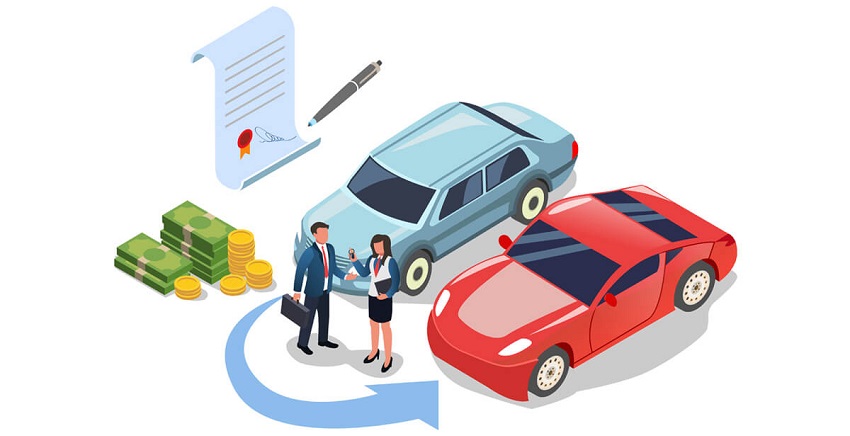Within the last year, there have been reports of car insurance rates increasing at varying percentages. While some states may experience different rate increases than others, they are all being affected by the same factors. To narrow it down, there is expected to be a national increase in car insurance by nearly 5%. To put that in perspective, the national cost for car insurance is about $1,771 annually. The increase would move it up to about $1,858 annually. Why is this? And, how different are the increases from state to state?
States Where Car Insurance Rates Increase The Most
The five states that have the highest recorded increases in car insurance rates within that last year are Minnesota, Arizona, Louisiana, Nevada, and Texas. In Minnesota, nearly two thousand policyholders are affected by insurance rate increases of up to 14%. The nearly three million drivers in Arizona have to deal with increases up to 7%, and the significantly fewer drivers in Louisiana are subject to the same increase. Nevada and Texas have insurance rates increases anywhere from 6% to 7%. The good news is that these states aren’t where the highest car insurance is, except for Louisiana.
States Where Drivers Are Most Affected by Increased Rates
States, where car insurance rates are higher than average, are those with the most densely populated cities. These include New York, Louisiana, Nevada, Michigan, and Georgia. It should be noted that Detroit has the highest car insurance rates in the United States. While Louisiana has the highest car insurance rates increase at 7.1%, car insurance in New York will still be more costly even though their increase was around 4%.
Are There States Where Car Insurance Rates Aren’t Increasing?
There are some instances of states where their car insurance rates either aren’t increasing a lot or are even lower than before. Massachusetts is one such example where insurance rates are set to go down. However, it is only a measly tenth of a single percent –0.10%. Other states where there are decreases in car insurance rates are Vermont, Colorado, Rhode Island, and Alaska. None of them are very big, with Vermont at 0.2%, Colorado at 0.4%, Rhode Island at 1%, and Alaska at 1.5%. Again, it’s not enough to make any real difference, truthfully.
Why Car Insurance Rates Are Increasing And Changing
Financial analysts report that with inflation at a high and the car part supply chain being backed up, car insurance rates are subject to change in most areas this year. Car insurance companies have to compensate with their rates because repairing or replacing a car that has been damaged costs more and takes more time, depending on how severe the damage is. Costs of labor are also said to be increasing. It’s possible that increases such as the ones previously mentioned may be common this year. If you ever feel like you are paying too much for car insurance, you can always compare and contrast different providers, both local and national. There is never a penalty for going with cheaper options.

